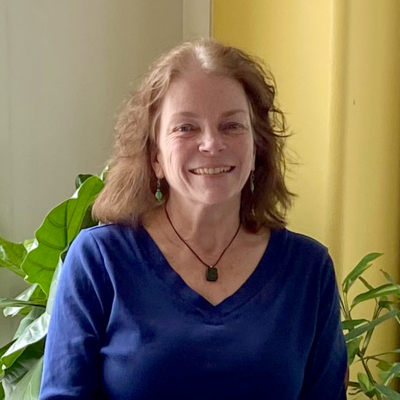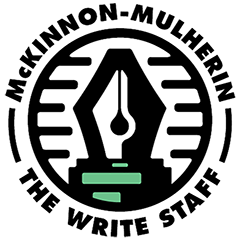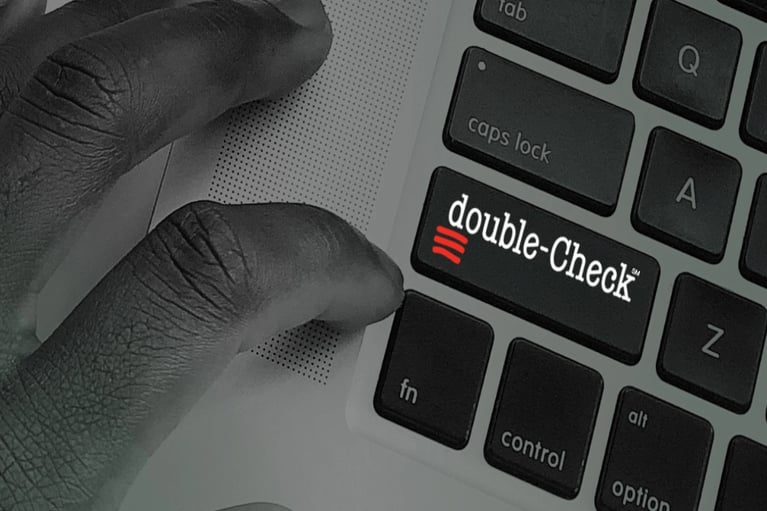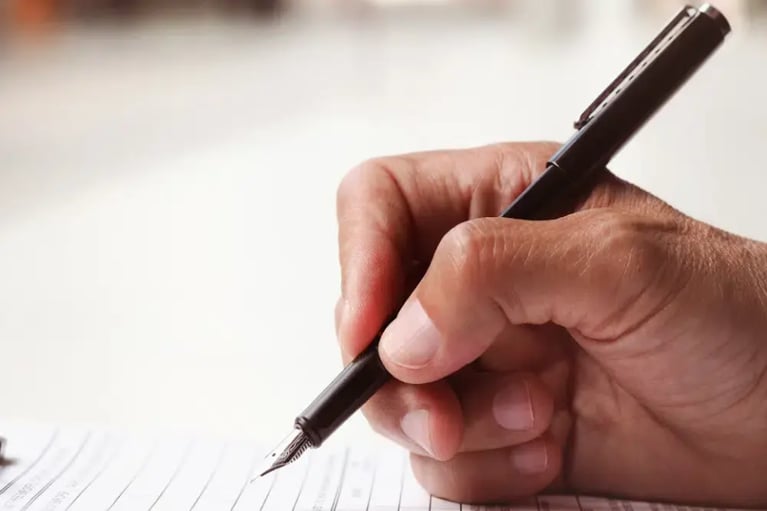Grammarians at the Gate: Embracing Your Editors Can Be the Difference between Yes and No
Nobody on a proposal team likes the editors—those nagging grammarians who hack up your prose. Why, you could find mistakes as well as they do—better, in fact—if you had the time. Remember, proposal coordinators, managers, artists, writers, reviewers, and editors are all on the same team trying to meet a deadline and produce a winning proposal. Instead of fighting with editors, work with them to your advantage.
The difference between editing and proofreading
Editing and proofreading are different tasks. At a high level, an editor reviews a document for its structure and organization and scans for major grammatical, tonal, format, or clarity problems. For proposals, this includes a review of the strategy for winning and whether or not the writers have addressed all requirements. Content edits are for ensuring the accuracy and validity of the content. This task usually falls to a subject matter expert. A copyeditor handles the detail edit, which includes a review of a document for organization, format, grammar, style, and consistency as well as for clarity, spelling, punctuation, and typographical errors. Proofreading includes a review for typographical, spelling, and punctuation errors as well as formatting problems. A proofreader also checks the pagination and ensures the accuracy of the table of contents, index, page numbering, footers, and headers.
Let editors help you win
Many proposal elements count more than correct punctuation or proper usage: a persuasive message, sturdy win themes, competitive pricing, and proven experience. However, if you were neck and neck with a competitor that matched you for all those things, you might wish you had taken the time for a professional edit and proofread of your proposal. It might be a day when a reviewer does not want to see your company’s name at the start of every sentence. Does a typo matter less than an incorrect diagram? Yes, until a typo changes your price by a decimal point or a C-level reviewer goes ballistic over a misspelled name.
For the best results with editors, agree to some rules:
- Designate who is doing what level of edit and include these definitions for all reviewers.
- Choose a style guide and stick with it for points outside the proposal’s requirements.
- Include proposal particulars on a project style sheet.
- Read the style sheet, keep it handy, and defer to it when there is an argument.
- Focus on your message. Ask an editor to hone it.
- Say so if you don’t understand or agree with an edit. Give the editor a chance to explain. A good editor will change their mind if it makes sense to do so.
- Don’t cling to inflated language that serves no purpose. Prior doesn’t sound smarter than before. Saying we believe doesn’t make your opinion more forceful; it just takes up space.
- Remember the difference between an edit and a proofread. People often suggest good edits at reviews and should be heeded, but no one needs to proofread at color-coded reviews. That’s a waste of time.
Editors can clean up your message without changing it
A good editor can be the best objective reviewer available. You know your business far better than an editor does. That’s why an effective editor will ask for facts and figures that support your statements. You might be, literally, a rocket scientist. Therefore, you understand the principles of science. In the same way, an editor understands grammar, punctuation, spelling, and tone. Stick to what you know. A good editor will appreciate your knowledge and experience and understand that you might be too close to the subject to present it as clearly as needed.
Know that good editors want to make you look good
A careful editor is not a scold, but someone who wants you to look good—a sculptor who makes sure your writing has no confusing or erroneous parts. A good editor can make your story compelling.
Depend on editors to save you time on a proposal project. Agree to rules up front and adhere to them. Trust editors with your message. If you work together, you have a better chance of winning.
This article was originally published in the APMP Journal Volume III Number II in 2015.
About the Author: Kate Reddy








